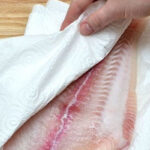Pork is readily available at local markets, supermarkets, and grocery stores, making it convenient for consumers to purchase. However, it is essential to be discerning when selecting pork, as not all cuts are of the same quality and safety standards. When shopping for pork, it is crucial to look out for the following four signs, and if spotted, it is best to avoid purchasing the meat, even if it is being offered at a bargain price.
1. Lack of Springiness in the Meat
Fresh pork should have a good degree of springiness. When gently pressed with a finger, it will quickly return to its original shape, with the indentation made by your finger disappearing rapidly. These cuts of meat are the freshest, so snap them up quickly.
On the other hand, if you press your finger into the meat and the indentation remains, it is best avoided. This could indicate that the meat has been stored for an extended period or has been previously frozen and then thawed for sale. Additionally, spoiled meat may also exhibit this lack of springiness.
Therefore, it is advisable to steer clear of pork cuts that do not demonstrate a good degree of springiness, even if the seller offers a discounted price.
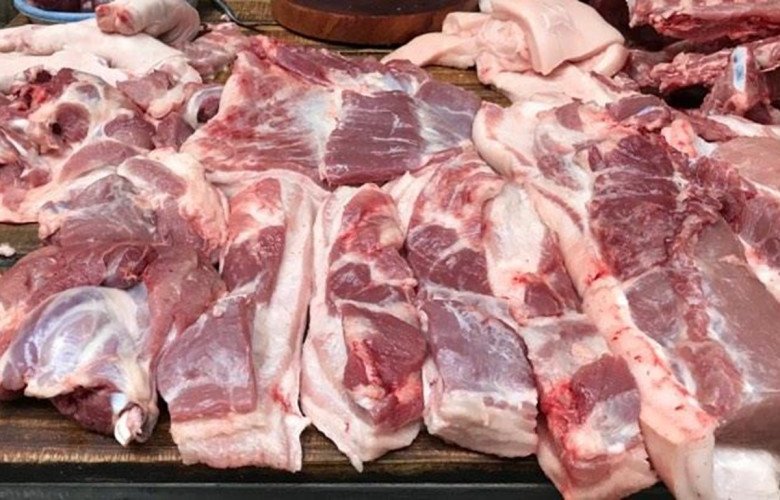
2. Meat with Surface Blood and Bruising
Contrary to popular belief, meat with surface blood is not necessarily an indicator of freshness or recent slaughter. In reality, any blood present after the pig is butchered is thoroughly wiped away. Therefore, the presence of blood stains on the meat suggests that unscrupulous sellers may have added it to make the meat appear freshly butchered.
Additionally, it is advisable to avoid cuts of pork with a slight bruised appearance, as this indicates that the meat has been stored for an extended period.
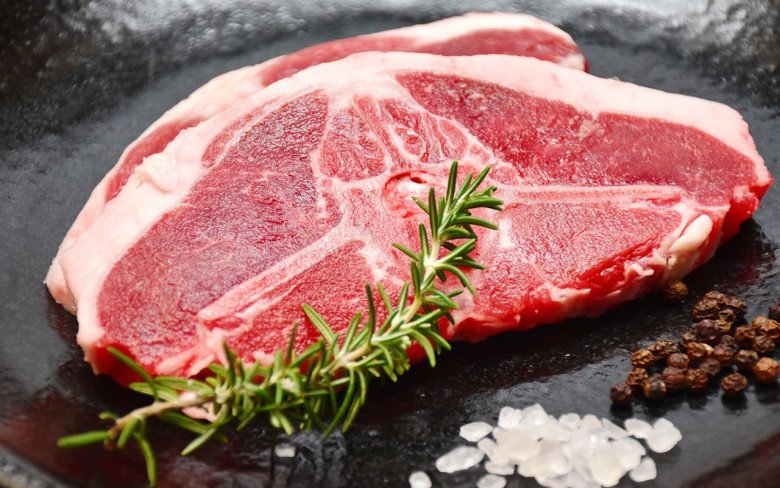
3. Meat with Excess Surface Moisture
Be cautious of pork cuts that appear excessively wet or release water when pressed. This could indicate that the seller has injected water into the meat or soaked it to increase its weight. If the seller frequently wipes the meat with a cloth, it is a telltale sign of water injection. It is best to avoid purchasing such meat, as it is not only a poor financial decision but also affects the taste and texture of the meat, making it blander and less appealing.
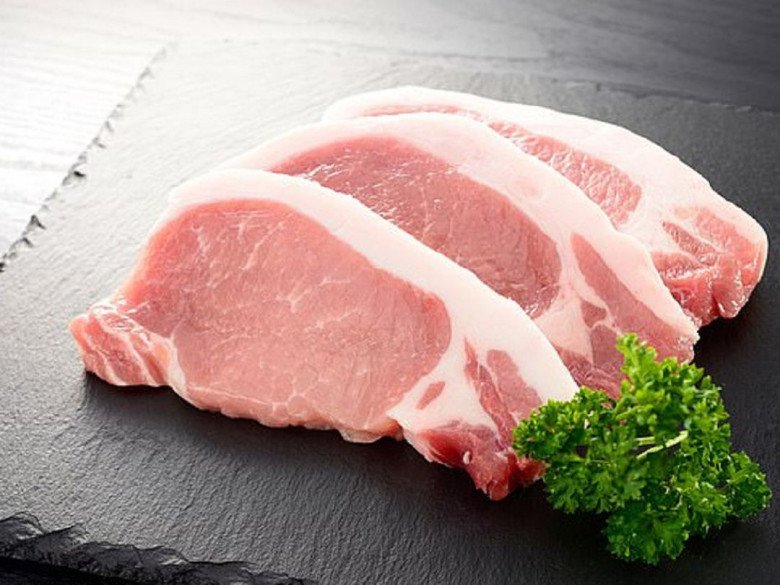
4. Meat with a Slimy Texture
Fresh pork should have a slightly sticky and bouncy texture when touched. On the other hand, spoiled pork will feel slimy to the touch. If the meat emits a foul odor instead of its characteristic scent, it indicates bacterial contamination. Cooking this type of meat will result in a strong, unpleasant smell, making it inedible and potentially harmful to your health. Therefore, even if the seller offers a bargain price, it is best to refrain from purchasing such meat.
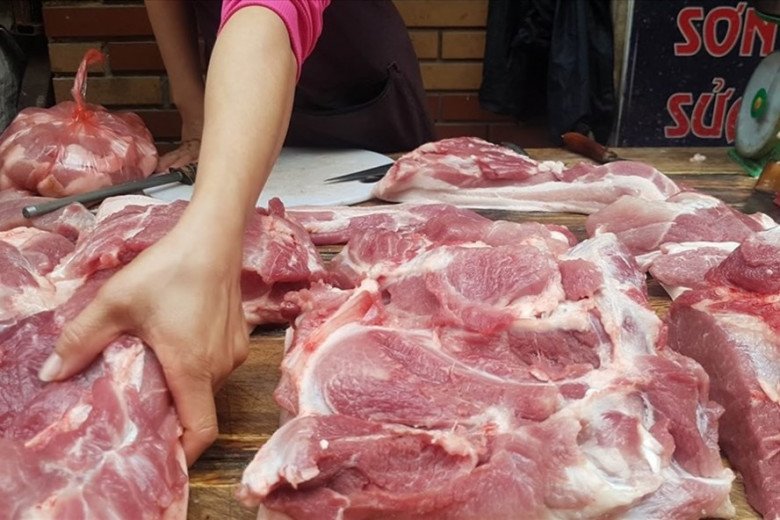
5. Meat with Red Spots and Dark Pores on the Skin
In addition to the previous signs, it is essential to inspect the pig’s skin. Unhealthy or sick pigs may exhibit small red spots on their skin, and their hair follicles may appear dark purple. This could be due to the pig not undergoing proper bleeding (cut-throat) or suffering from specific diseases that cause blockages in the hair follicles. The fat on such pigs may also appear red or yellow. If you notice these signs, it is best to avoid purchasing the meat.
On the other hand, healthy pigs will have white skin, and the blood in their hair follicles will be bright red. Their fat will primarily be white and bright.
The Secret to Reviving Soggy Cookies
Introducing the ultimate solution to keep your favorite cookies fresh and delicious! We understand that nothing ruins a perfect cookie like sogginess. That’s why we’re here to share an incredibly simple hack to revive stale cookies and ensure every bite is as mouthwatering as the first. With our expert tips, you can enjoy your cookies to the very last crumb, every time.
The Secret to Reviving Stale Bread: Crisp and Fresh as New
Stale bread tends to get soggy, dry, and chewy, losing its delicious appeal. Bach Hoa XANH will reveal a clever way to “revive” a dull loaf of bread, transforming it into something hot, crispy, and tasting as fresh as ever. In just a few minutes, you’ll have a loaf of bread that’s crispy on the outside, soft and tasty on the inside, just like new.
Should You Keep Your Microwave Door Open or Closed After Use? The Answer May Surprise You
Introducing the ultimate guide to the age-old question: Should you leave your microwave door open or closed after use? Step into the world of efficient kitchen habits and discover the secrets to maintaining a pristine appliance. Uncover the truth behind the mystery and embrace a new level of culinary convenience.

























